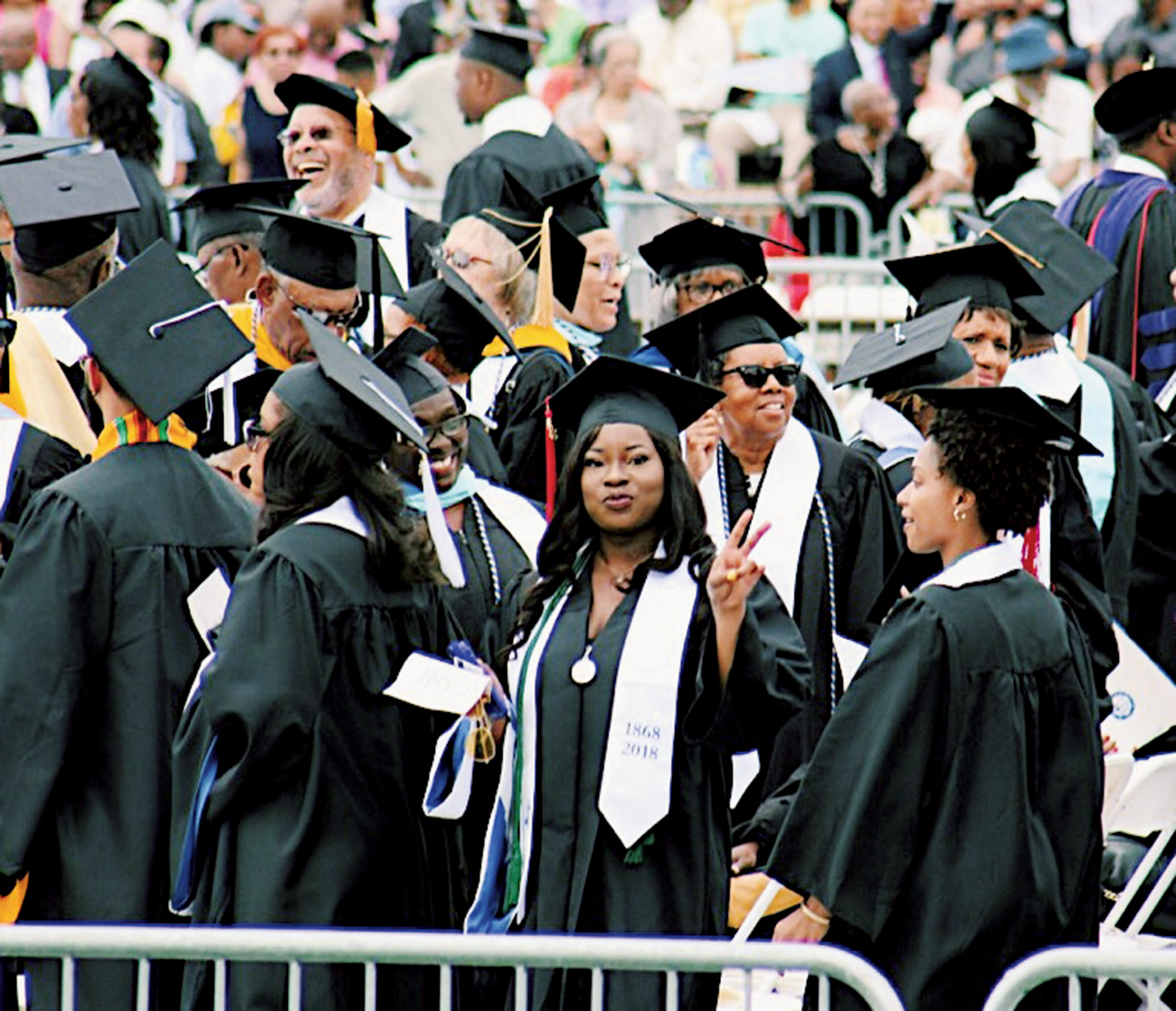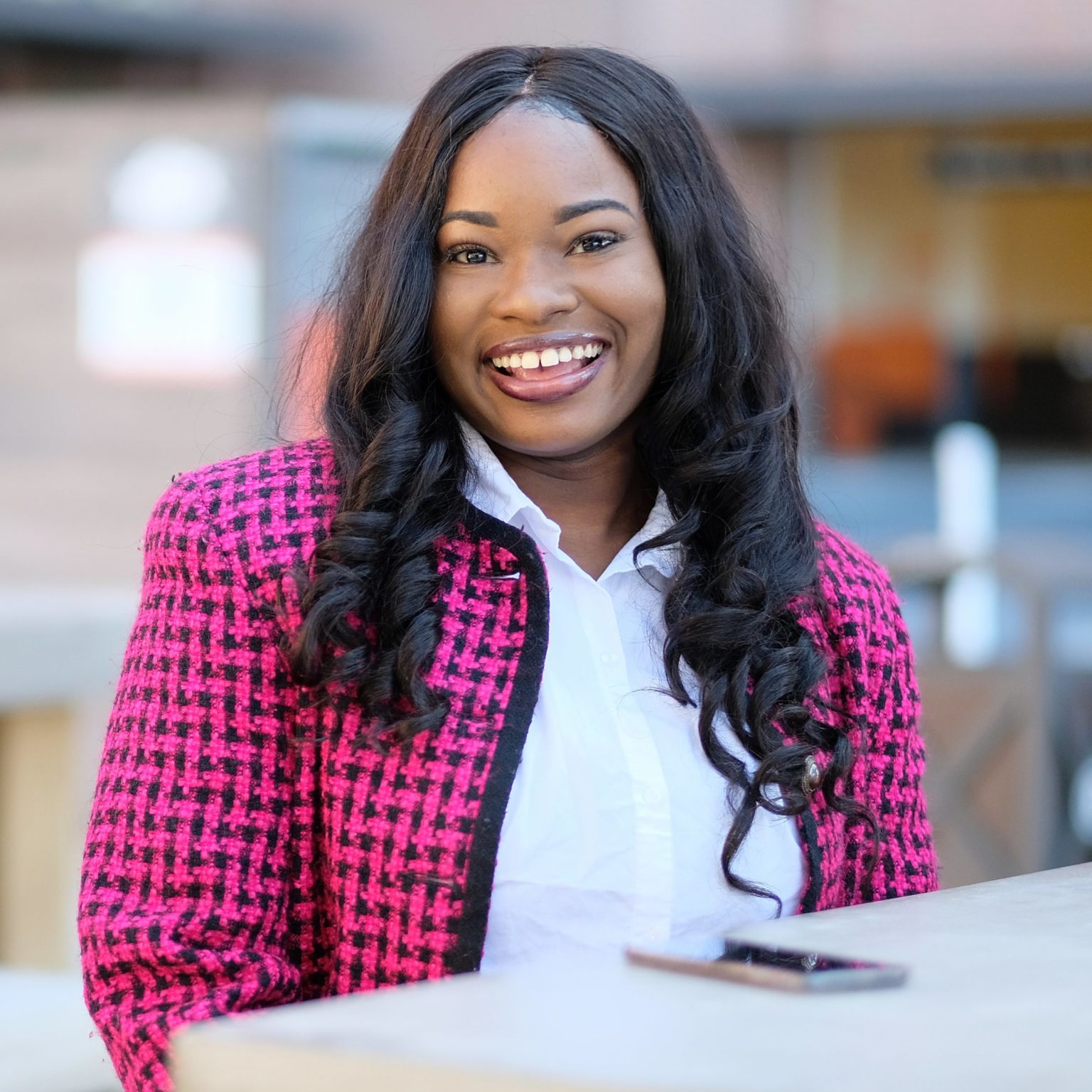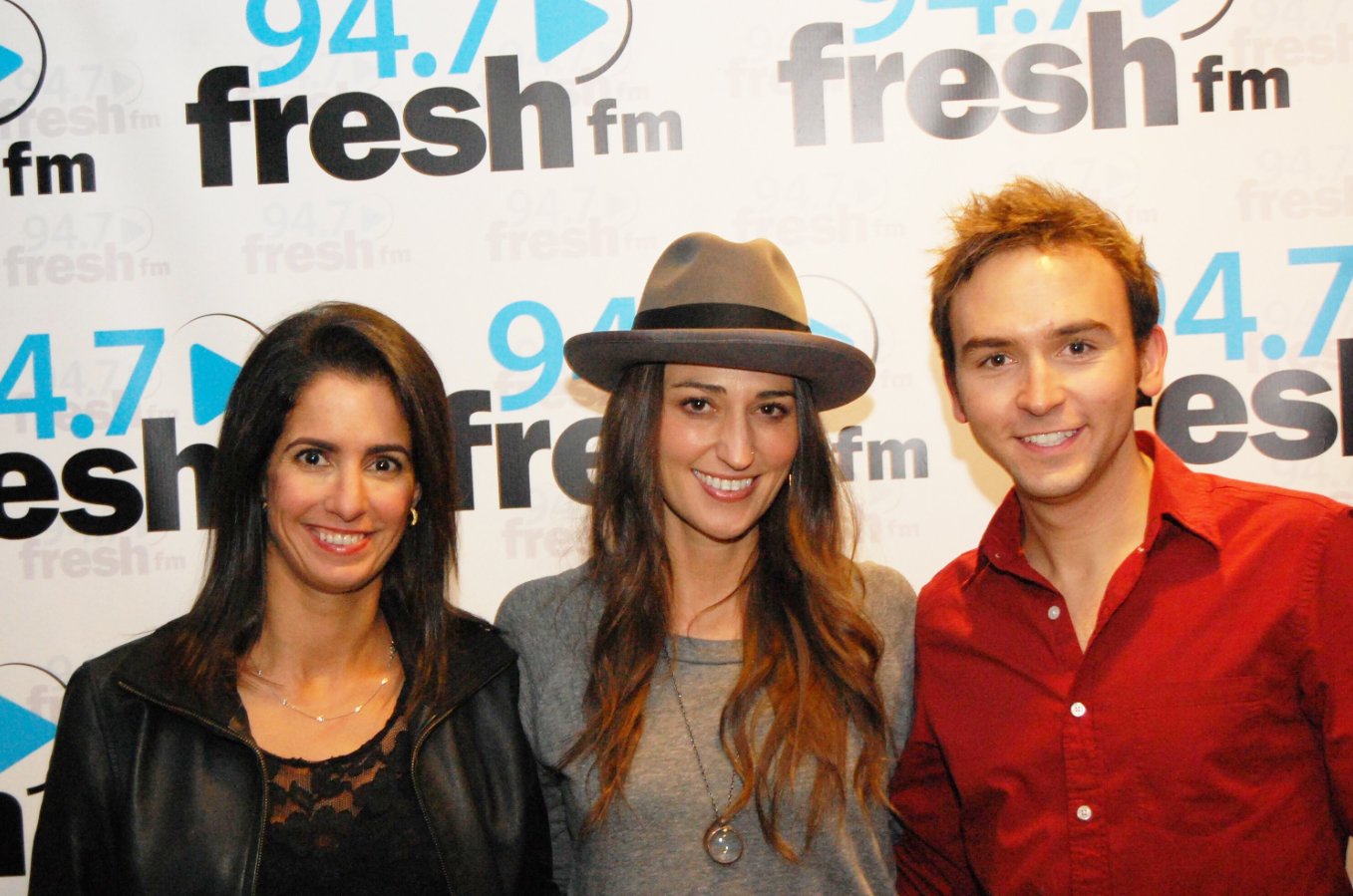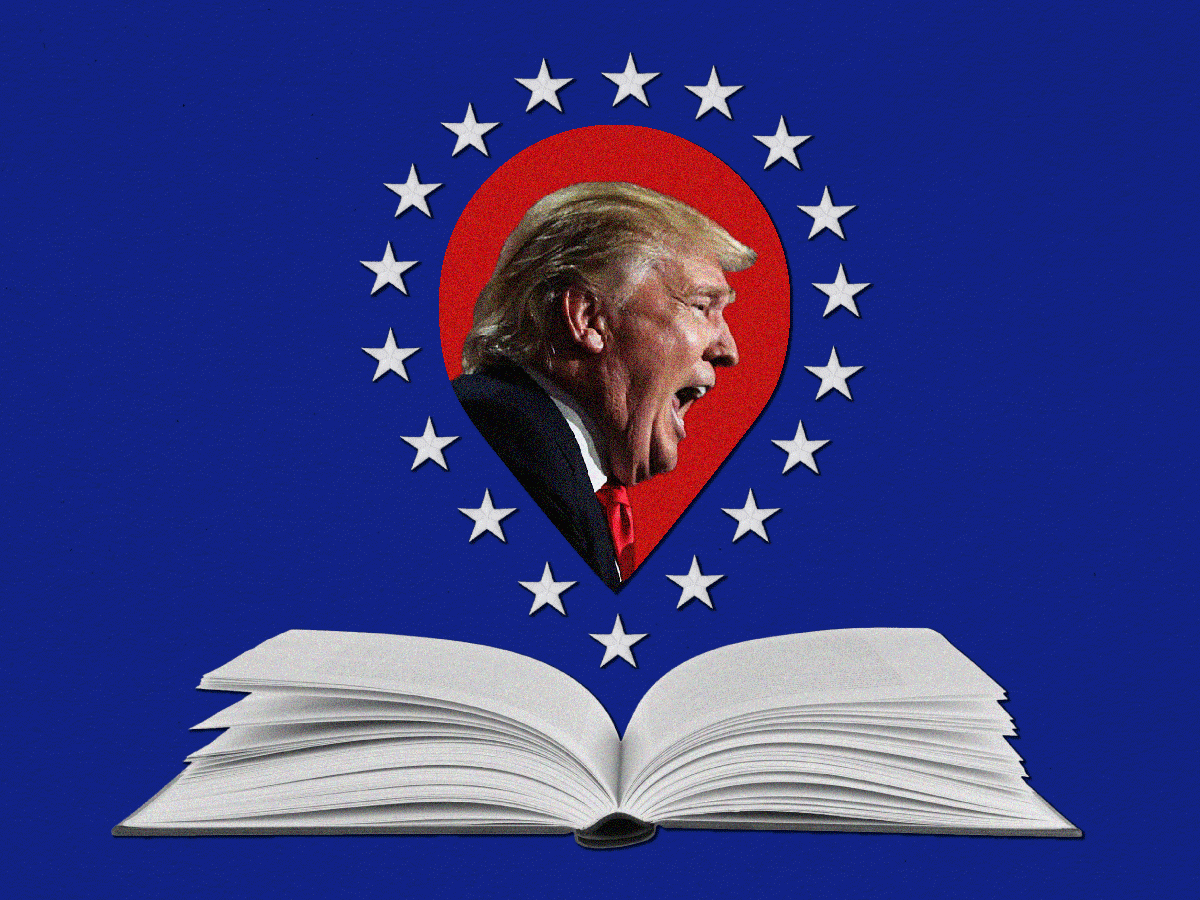It was freshman orientation at Hampton University in Virginia. As we filled Ogden Hall, student leaders greeted us with chants (“Rock the blue and white!”) to get us hyped for the journey ahead. We had anxious grins and coy smirks as the summer hits of 2014—“Hot Boy” by Bobby Shmurda, “CoCo” by O.T. Genasis—blasted. It was my first time away from home.
Going to an HBCU, or historically black college or university, felt magical. I’d be the first person in my immediate family to get an undergrad degree. Being in a place founded for my ancestors who weren’t allowed or couldn’t afford to attend other institutions gave me a sense of pride. I’m from a single-parent, lower-middle-class home in Petworth and went to predominantly black and Hispanic public schools. My grandmother and aunts have high-school diplomas or associate’s degrees. My mom attended Hampton but dropped out in her sophomore year to have the daughter who’s writing this. In a way, I chose Hampton to finish what she started.
During those first days, I asked classmates why they’d made their choice, and they usually said their parents had gone there or to another HBCU. Sometimes the conversation segued to high-school activities—sports, college-prep programs, their local Jack and Jill chapters. I nodded but, after the third time or so, decided to find out what that was. Once I Googled it, I realized why I hadn’t heard of it: Jack and Jill is an 81-year-old organization with a venerable pedigree in the black community, putting on cultural and educational programs targeted at young people. Or as a classmate said: It’s a club that “bougie” black moms join.
In other words, I realized, not a club my mom would have joined.
At Hampton, there were kids who sported designer bags and drove expensive cars you’d never see in my DC public school. I imagined that this might have been the first time some of them would be doing their own laundry.
When I’d moved in, I’d seen parents in caps and T-shirts marking them as alums of Hampton or members of the black sororities and fraternities with histories of service. Until then, I’d been oblivious to what I would come to understand as classism in the African American community. All I knew was I felt like an outsider. Not being able to bond through shared experiences can be lonely.
Later that week, we freshmen received a message from our big brothers and big sisters—upperclassmen assigned to help us navigate college: All of the “littles” were to meet at the football stadium for a photo of solidarity commemorating the deaths of Eric Garner and Michael Brown, black men who’d died in incidents of police brutality that summer. As we posed, I looked to my left and right and, for the first time, felt in a safe space. I wasn’t thinking about who lived in the suburbs or drove what car. I only saw us uniting for our community. Maybe I had something in common with Jack and Jill after all.
Over my four years, I joined a variety of organizations, including the school’s student leadership program and the National Association of Black Journalists. Eventually, Hampton became my place, too. I also started being honest about my background—and that’s how I found my tribe.
By Hampton tradition, commencement was on Mother’s Day, and 2018 was also the 150th anniversary of the school’s founding. The next day, my mom posted a Facebook photo of my graduation regalia hanging inside our apartment, with the following words: “And this will hang in my house for as long as I see fit.” It’s still there.
This article appears in the November 2019 issue of Washingtonian.



















